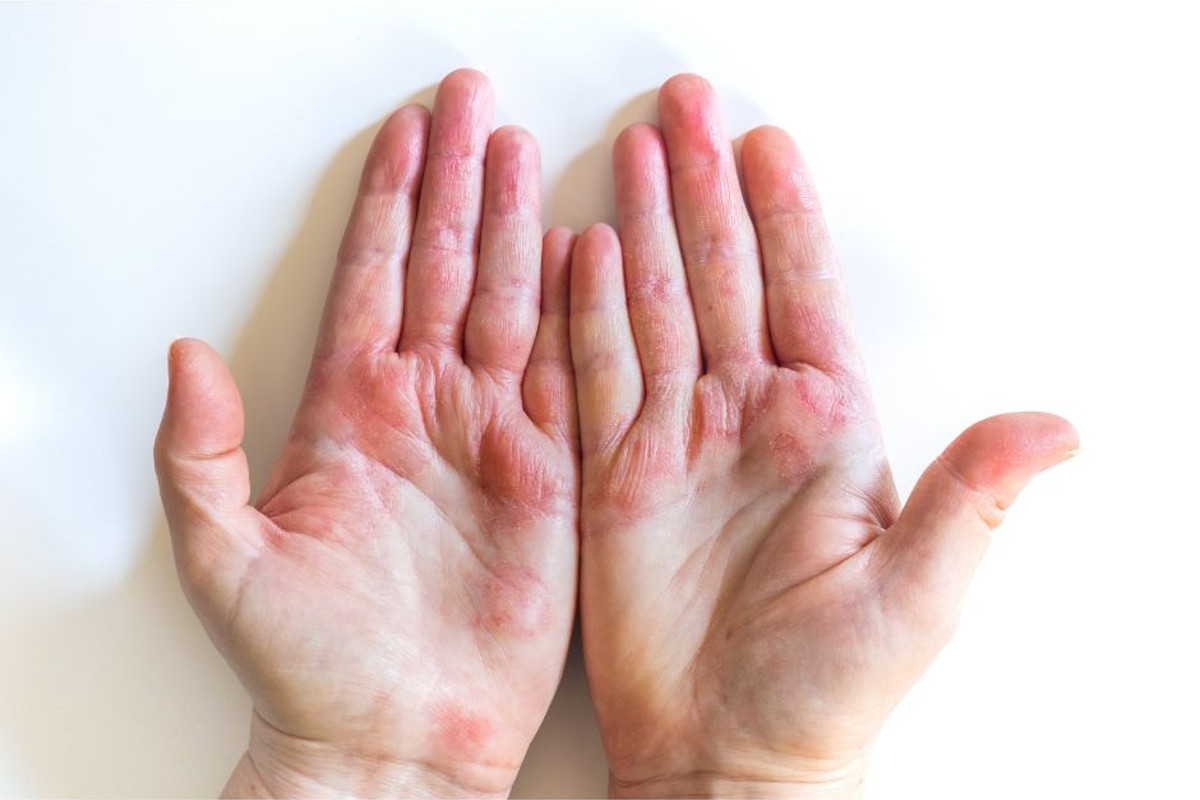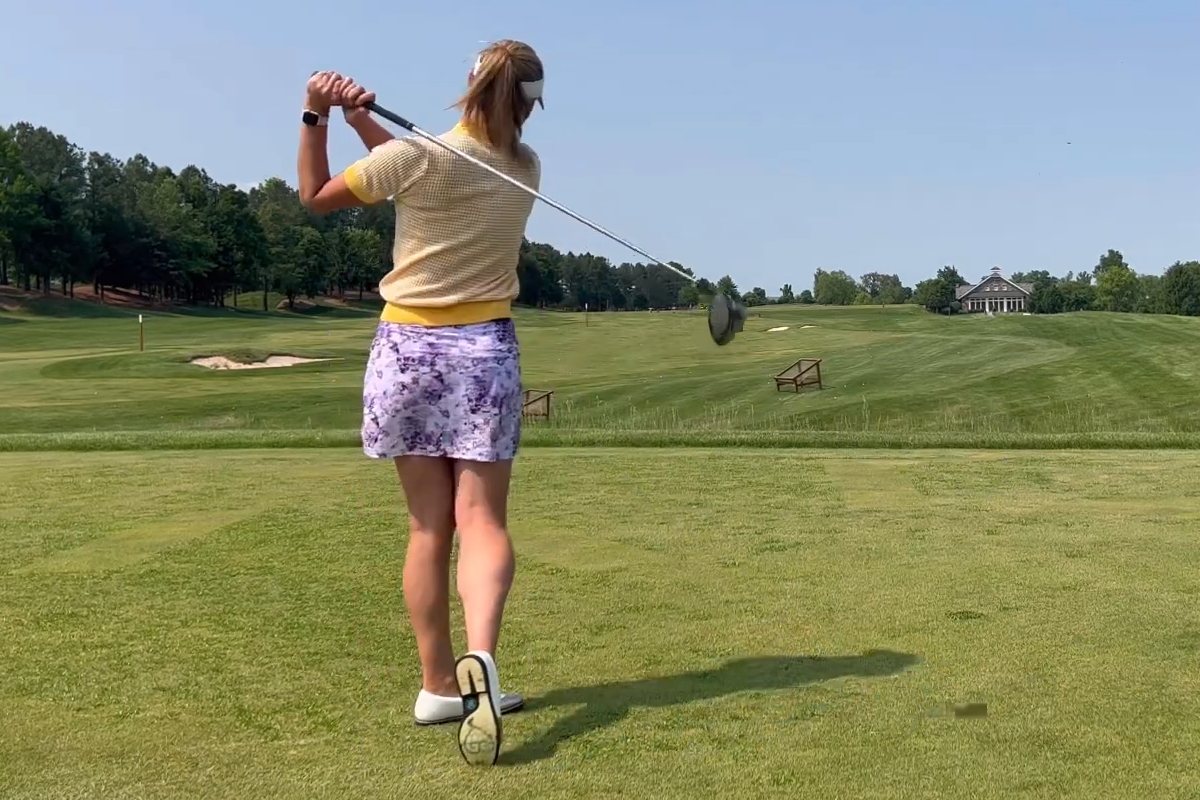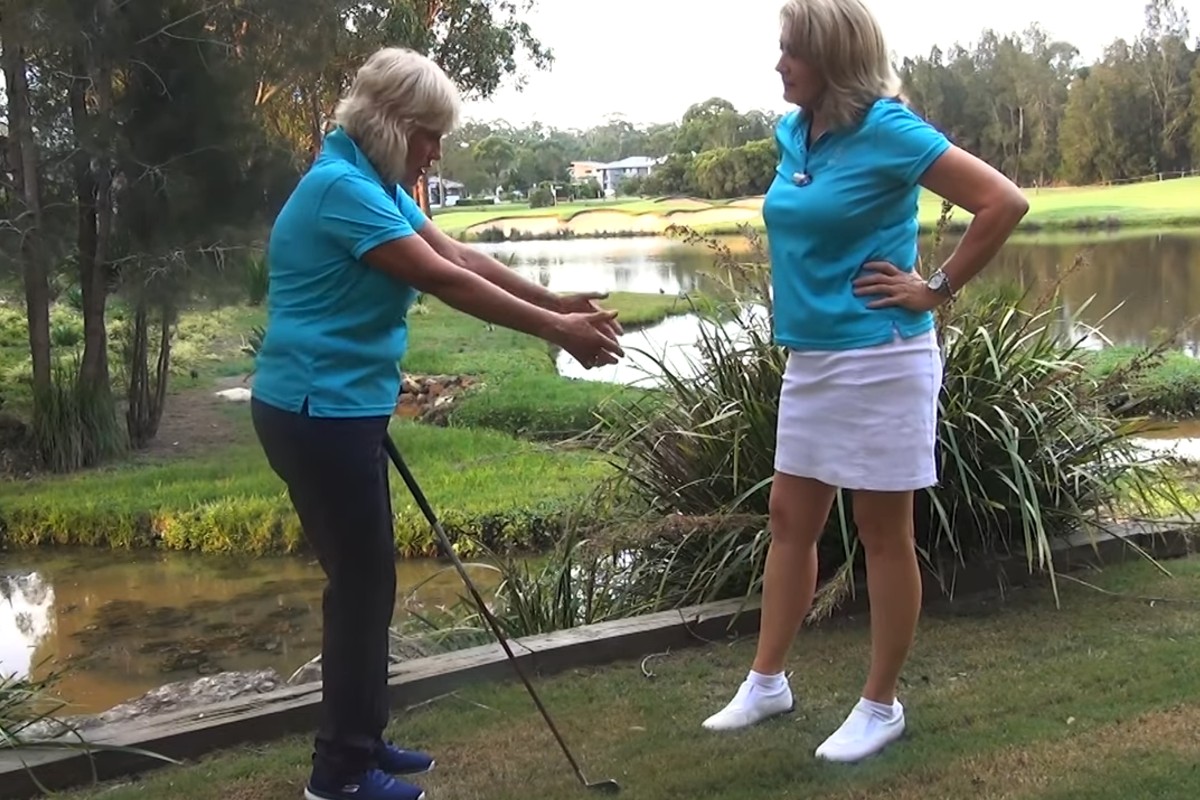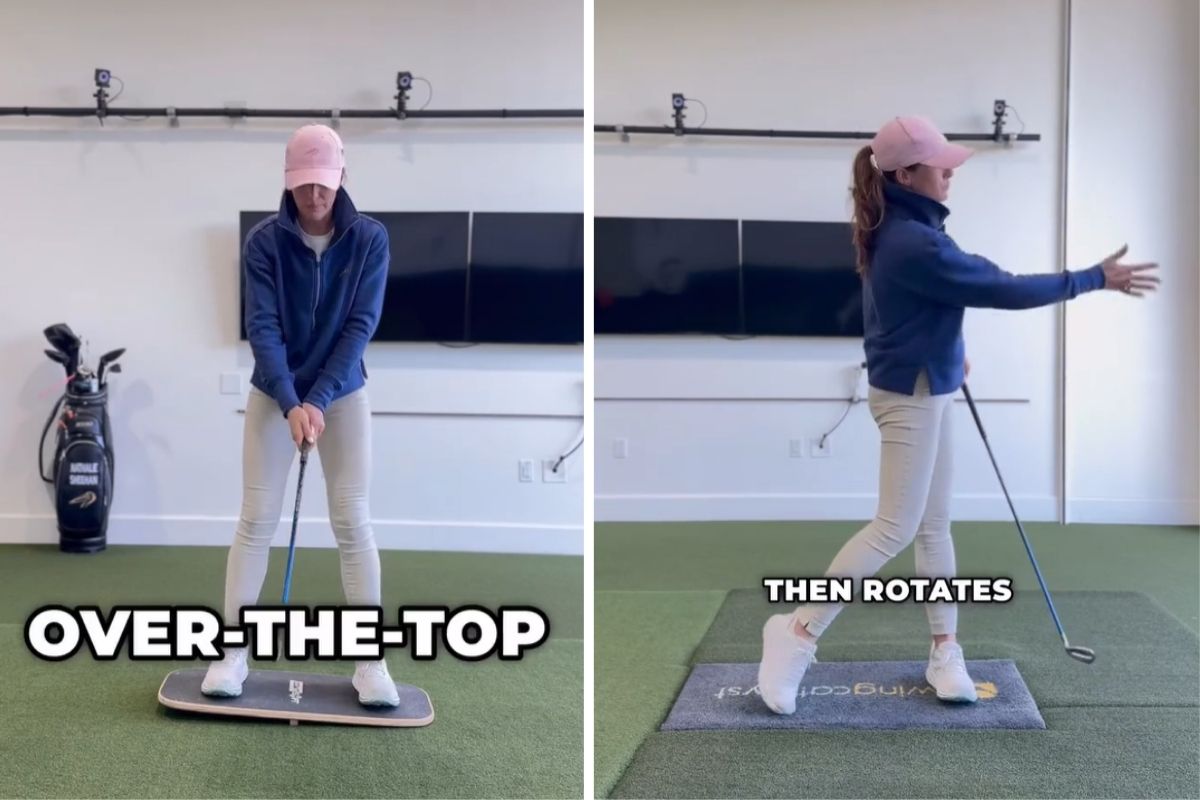The snows of winter had given way to cheery daffodils and red tulips throughout the neighborhood. I had been cooped up too long, and it was time to dust off my driver and head to the driving range. The shiny new balls whispered “Hello! Welcome back!” as I set one after another onto the tee.
It felt good to relax with an easy swing drill and hear the ‘whoosh’ as the club glided through the back swing and made contact. The first ball was a push slice, and I made an adjustment with my grip. My next ball hooked to the left. On and on, one ball after another, I went through the drill making small adjustments to my stance, grip, and swing. An hour later, my hands started aching and I noticed open, raw areas on the lateral side of my thumb and across my palms. Blisters were forming. I had forgotten my golf gloves.
Blisters on the hands can be uncomfortable, painful, and even debilitating, especially if left untreated. Whether caused by friction, burns, or medical conditions like eczema or contact dermatitis, it’s essential to treat them promptly to promote healing and prevent infection. Here are some effective ways to treat blisters on the hands:
Clean the Area: Start by washing your hands thoroughly with mild soap and warm water. Gently pat the affected area dry with a clean towel, being careful not to aggravate the blister.
Leave Intact if Possible: If the blister is small and intact, it’s best to leave it alone. The blister acts as a natural barrier, protecting the underlying skin from infection. Avoid popping or puncturing the blister unless it’s large, painful, or likely to rupture on its own.
Protect with a Bandage: Cover the blister with a sterile adhesive bandage or blister pad to provide cushioning and prevent further irritation. Make sure the bandage is large enough to completely cover the blister and secure it in place to avoid friction.
Apply an Antibiotic Ointment: If the blister has burst or if it’s at risk of rupturing, apply a thin layer of over-the-counter antibiotic ointment, such as Neosporin or Bacitracin, to the affected area. This helps prevent infection and promotes healing.
Use Moleskin Padding: For blisters caused by friction, especially on areas prone to rubbing against surfaces (like palms or fingers), consider using moleskin padding. Cut the padding to the size of the blister and place it over the affected area to reduce friction and pressure.
Keep it Dry and Clean: Avoid exposing the blister to excessive moisture, which can delay healing and increase the risk of infection. Keep the area clean and dry, and change bandages regularly, especially if they become wet or dirty.
Avoid Irritants: If the blister is caused by contact dermatitis or exposure to irritants, identify and avoid the triggering substances. This may include certain chemicals, detergents, or allergens that can worsen the condition or delay healing.
Take Pain Relievers: Over-the-counter pain relievers like ibuprofen or acetaminophen can help alleviate discomfort associated with blisters. Follow the dosage instructions on the package and consult a healthcare professional if you have any concerns.
Seek Medical Attention if Necessary: While most blisters on the hands can be treated at home, certain circumstances warrant medical attention. If the blister is large, painful, shows signs of infection (such as redness, swelling, or pus), or if you have underlying health conditions like diabetes, it’s best to consult a healthcare professional for proper evaluation and treatment.
Prevent Future Blisters: To prevent future blisters on the hands, take proactive measures such as wearing gloves during activities that involve repetitive hand movements or friction, using protective padding or barrier creams, and keeping the hands moisturized to maintain skin integrity. I won’t forget my golf gloves again and have actually purchased an extra pair to go in my bag for next time.
By following these steps, you can effectively treat blisters on the hands and promote speedy recovery. Remember to prioritize cleanliness, protection, and proper wound care to prevent complications and ensure optimal healing. If in doubt, always consult a healthcare professional for personalized advice and treatment recommendations.
Happy Golfing!








